The Norsemen made their mark in northern Europe and beyond. Come with us on a tour of the best-known Viking settlements.
Thanks in part to a slew of TV shows, Viking culture has never been more popular. While the battle scenes are mostly fantasy, many are curious about the depiction of everyday life.
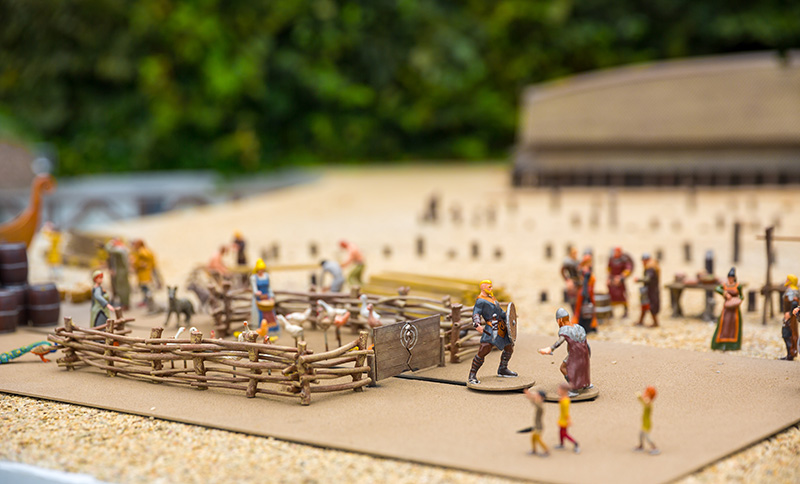
How do we know about Viking settlements? Where were they, who lived there, and do any still remain today? Those are some of the most frequently asked questions we receive, and they form the basis of this article. Enjoy!
Beyond farming communities, the early ‘towns' were primarily built for trade. These would be partly marketplaces, and partly points for import and export.
Table of Contents
Who lived in these communities?
Men, women and children lived in settlements throughout Scandinavia. Typically these were along the coast of the sea or a fjord. This is where the land was most suitable for farming, along with good opportunities for fishing and transport.
While the settlements within Scandinavia were typically farming-focused, the locations founded through expansion looked quite different. Settlers in the British Isles (more on these later) were thought to have been primarily male. However, some graves show a nearly equal distribution of men and women.
Some of this disagreement is down to older archaeological studies guessing gender on the basis of burial artefacts. In contrast, modern techniques use osteology and isotope analysis.
Read more: The History of the Vikings
More information is found in the records of an Isle of Man cemetery from the time. Most males had names of Norse origin, while women had indigenous names. However, Irish and British women are mentioned in old texts on the founding of Iceland.
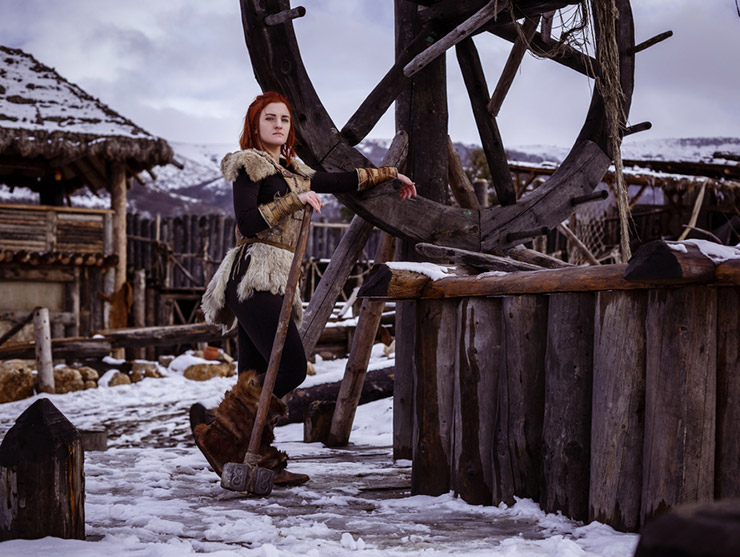
This indicates that these Viking explorers travelled with women from the British Isles, perhaps voluntarily, perhaps not. Genetic studies of the population in the Western Isles and Isle of Skye also show that Viking settlements were established mainly by male Vikings.
Of course, in the early Middle Ages there was no clear distinction between what we now call Norway, Denmark and Sweden. But we start our tour of Viking communities by looking at those modern-day countries, to keep things easier to follow.
Viking settlements in Norway
On our tour of famous settlements, we start, of course, in Norway. Most of the best-known settlements were situated along the fjord-riddled west coast. This provided easy access to transport, fishing and farming land. But there were also small farms and villages all across the country.
Avaldsnes
On the west coast of Norway, Avaldsnes was home to Norway's first viking king, Harald Hårfagre. Known as Harald Fairhair in English, he is believed to be the first person to unite Norway's kingdoms under a single crown.
Today, the area plays host to the Nordvegen History Centre and a Viking Village. The museum explains the importance of Avaldsnes to trade during the Viking Age, and how the settlement grew in prominence.
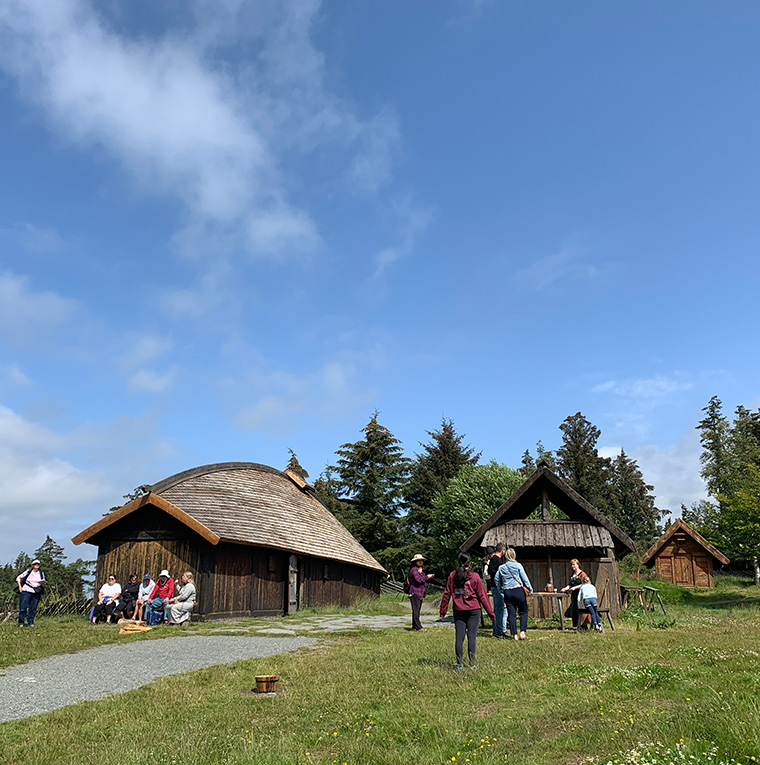
The museum is named after The Northern Way (nordvegen), from which Norway takes its name. The name referred to the shipping and trade routes, of which the Karmsund strait here at Avaldsnes was an important part. Meanwhile, the actors at the outdoor Viking Village will bring those stories to life.
Lofoten
Norway's spectacular Lofoten islands were dominated by a few Viking chieftains. There is evidence of settlements throughout the islands. The best-known is at Borg on the island of Vestvågøy, home to the biggest Viking-era longhouse remains ever discovered. It tells a story of wealth and power.
Today, the reconstructed longhouse at the Lofotr museum at Borg gives visitors a glimpse of the era. Overlooking a rich landscape, the longhouse plays host to evening banquets and an annual viking festival.
Borre
Another important site in modern-day Norway is Borre. The Borre burial mounds are evidence of a significant settlement here in south-east Norway, close to the Oslofjord. Today, the Midgard Viking Centre is a popular tourist attractions. In fact, much of season 3 of Norsemen was filmed in and around the reconstructed great hall!
The area shot to worldwide fame in 2019 when another Viking ship burial was discovered. “This contributes to strengthening our own historical identity”, said the Mayor of Vestfold county (now Vestfold og Telemark) at the time.
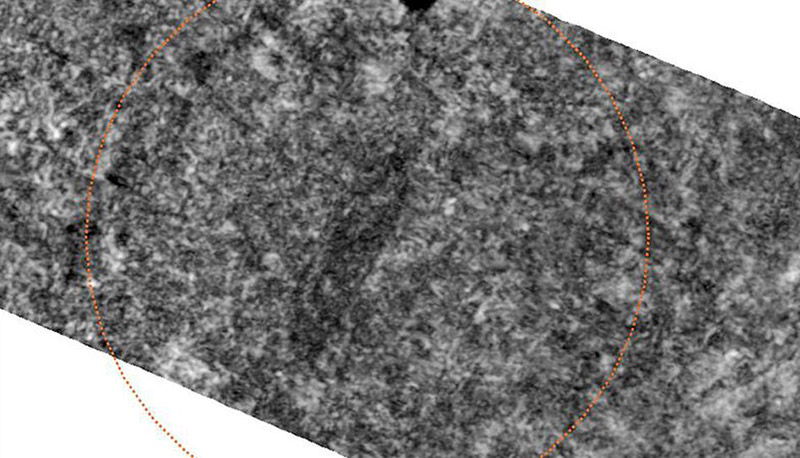
“It's not every day we find a new Viking ship, so this is really exciting. But for us in Vestfold it is no surprise. There are many treasures from the Viking Age hidden in our country's turf,” he added.
Other notable sites in Norway
Another “Viking Village” in Norway, Njardarheimr is a fictional recreation of a settlement. Located in Gudvangen on the shore of the Nærøyfjord, it's open for visitors throughout the high season.
Popular due to its location on the popular Flåm to Gudvangen ferry route, the site is home to reenactments, a marketplace and plenty to eat and drink.
The Oslofjord was a popular location for Viking settlements. Along with Borre (above), Kaupang is believed to have been one of the most important with significant trading activity. However, the settlement was likely abandoned sometime during the 10th century.
While not a settlement, the Oslo Viking Ship Museum contains three genuine Viking ships that have been excavated from settlements along the Oslofjord.
Viking settlements in Denmark
Archaeological discoveries have shown us just how important modern-day Denmark was during the period.
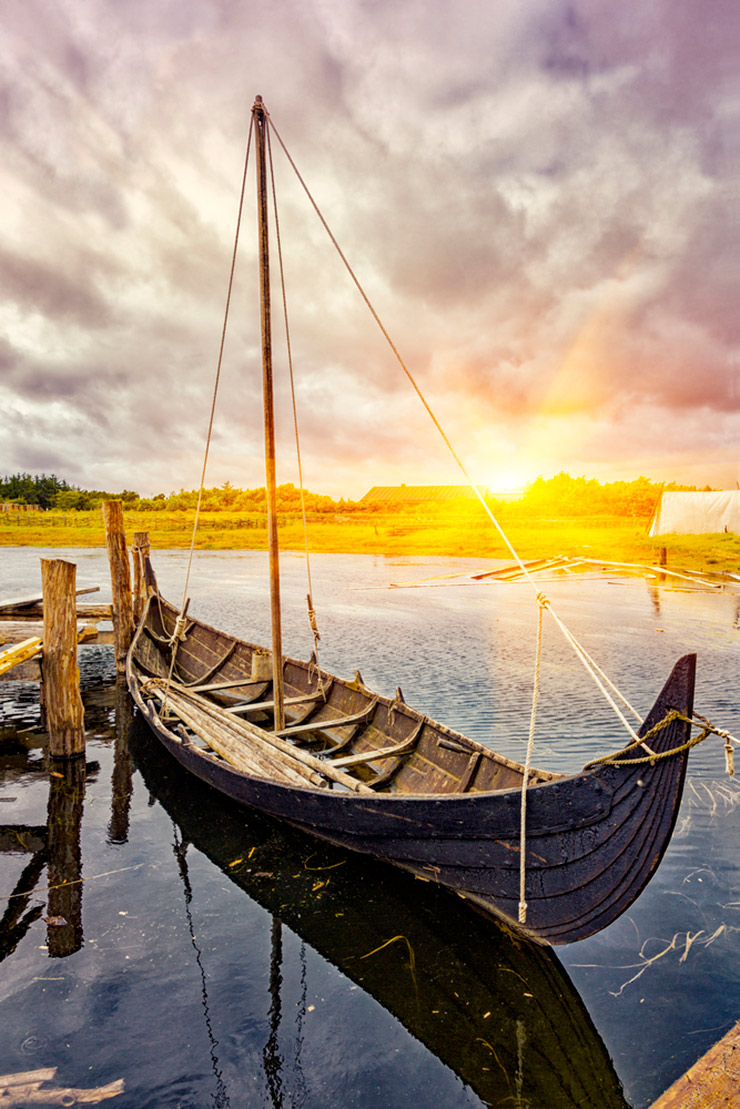
Ribe
Ribe is believed to be the oldest town in Denmark. In addition, historians had long believed that Ribe played an important role during the Viking Age. These assumptions have been confirmed by a series of excavations.
Among other things, finds made in Ribe prove that thrown ceramics were manufactured in Denmark 500 years earlier than previously thought. The discovery of hop remains could also change our understanding of when Danes began to brew beer.
The Ribe Viking Centre hosts reconstructed buildings to give an impression of what island life was like more than 1,000 years ago. These reconstructions have been created in collaboration with archaeologists to ensure accuracy wherever possible.
Open during the summer, the centre hosts archery, wood carving, a marketplace, falconry show, and even “warrior training” for children.
In Ribe's modern town, the museum Ribes Vikinger tells stories from the period but also well into the Middle Ages.
Jelling
Home to some of the world's most famous runestones, Jelling is a must-visit for history buffs. Included on the UNESCO World Heritage list since 1994, Jelling is also home to two mighty burial mounds said to be for Gorm the Old and Harold Bluetooth.
Full of special effects and interaction, the Jelling experience centre is one of the most visited Viking attractions in Scandinavia.
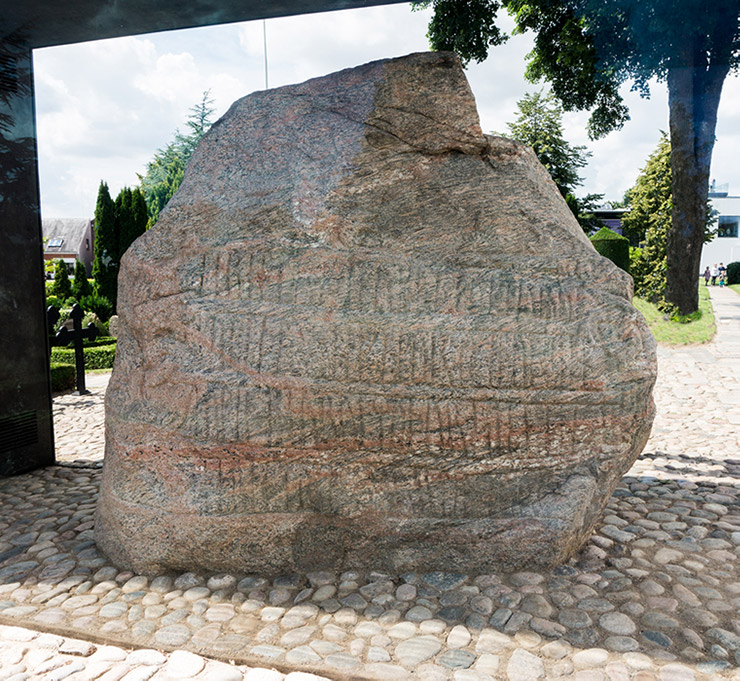
Hedeby/Haithabu
Located just south of the modern border with Germany, Hedeby was said to be one of the largest Viking settlements. During the 10th century, one traveller described it as: “a very large city at the very end of the world's ocean.”
The town formed part of the Danevirke, a 30km defensive wall that stretched east-west across the Jutland peninsula. Recent archaeological finds suggest the wall was in place before the start of the Viking Age.
The area was ceded from Denmark to Germany in the 19th century. Today, a museum and a handful of reconstructed buildings mark the site of this important settlement.
Viking settlements in Sweden
Modern-day Sweden has most of the remaining Viking runestones, along with evidence of significant settlements.
Uppåkra
Excavations show Uppåkra to have been among the richest and largest towns active during the Viking Age. Its founding was likely several centuries earlier, possibly as far back as the year 100 BC.
Archaeological surveys in 1934 discovered a Bronze to Iron Age settlement. More recently, 30,000 objects of gold, silver and bronze were discovered, telling many stories of the area. The advanced craftsmanship indicates that significant trade took place with ancient Europe and the Middle East.
Uppsala
The scenes from Vikings set in Uppsala are shocking, but they're not entirely fiction. The settlement, now Gamla Uppsala (Old Uppsala), just north of Stockholm, served as a centre of society for hundreds of years, before and during the Viking Age.
Uppsala was the location of a general assembly and a major marketplace, held annually from pre-historic times to the Middle Ages in the early spring.
Written sources claim that these gatherings were used to decide warfare plans. A Norse religious celebration called Dísablót was also held, which could have involved sacrifice.
The area is rich in archaeological remains, much of which is on display and described at Gamla Uppsala museum. While sources claim the area was home to a pagan temple, there is slim archaeological evidence at the present time.
Viking settlements in Iceland
While there is some archaeological evidence of pre-Norse settlement, Iceland was first settled significantly by Norsemen from modern-day Norway.
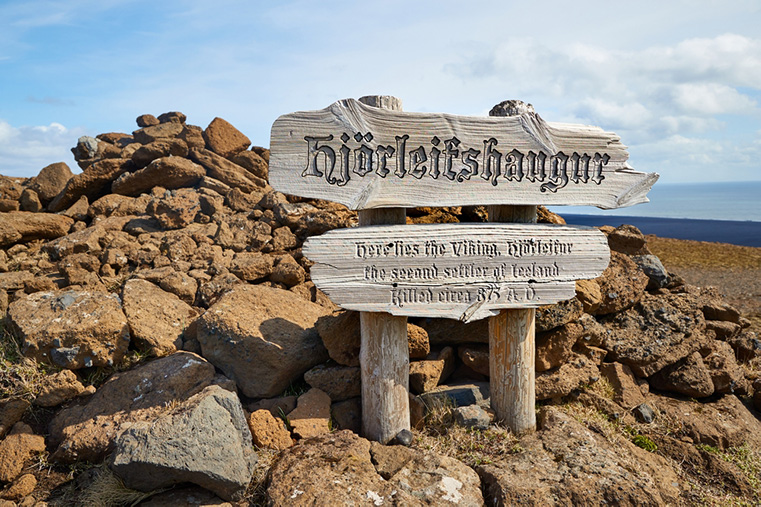
Written sources point to Ingólfr Arnarson as the first settler, sometimes around the year 874. Archaeological evidence concurs that mass settlement began around this time, and happened rapidly. As mentioned earlier, genetic evidence suggests travellers also arrived from Ireland, Scotland, and elsewhere in Scandinavia.
Evidence for early settlement has been discovered in many parts of Iceland, including in the heart of the modern capital, Reykjavík. Meanwhile, the recent excavation at Stöð is a terrific example of how much there is still to know. Analysis suggests the buildings in eastern Iceland pre-date the Viking Age.
As in many other places, the various isolated communities came together at a “thing” or general assembly. Iceland's Althing was located in what is now Thingvellir National Park. The annual assembly lasted for around two weeks and was held at the Lögberg (Law Rock) and the Lögrétta (Law Council).
Viking settlements in the UK and Ireland
The British Isles were an early target of Viking explorers. In fact, the attack on Lindisfarne is often perceived as the start of the Viking Age.
Norse migrants settled in many islands that are now part of Scotland, including Shetland and the Hebrides. As it was closer to Scandinavia, Shetland attracted families rather than just male settlers who were attracted to frontier settlements elsewhere.
During parts of the 9th and 10th centuries, Danelaw and Jórvik were large Norse-controlled regions of the UK. The period was marked by many battles and power struggles with the Anglo-Saxons.
Modern-day York was a Viking stronghold in the north. It was said to be captured in 866 by Ivar the Boneless. Anglo-Saxon chroniclers dubbed the invaders the “Great Heathen Army.” The history is retold at Jorvik Viking Centre in York.
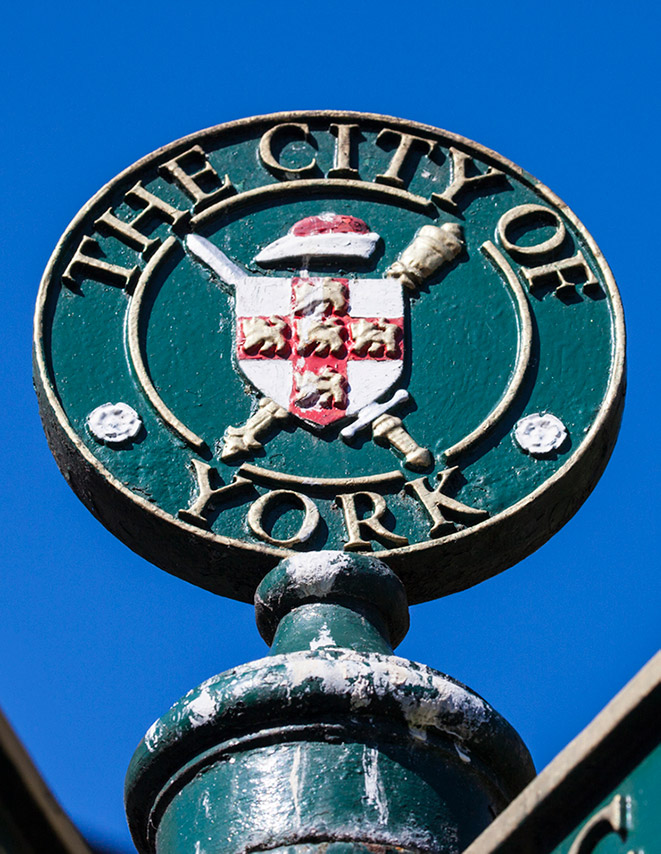
Nordic place names can be found all over the UK, but especially in and around Yorkshire. Many places ending in words like -thorpe, -toft, -ness, -by, and -kirk are likely to be Norse in origin.
Settlements elsewhere in Europe & beyond
Norsemen were active throughout Europe in the 9th century. They raided French towns including Nantes, Paris, Limoges, Orleans, Tours and Nimes. In 844, Vikings raided the Arab-controlled Seville in modern-day Spain, before tackling Pisa in modern-day Italy 15 years later.
So frequent were the raids in northern France, the West Frankish King granted the Vikings land by treaty. This became Normandy, meaning “land of the Northmen.”
During the 9th century, Norsemen began to colonise Iceland. At some point before the late 10th century, the expansion continued west to Greenland. According to the sagas, Leif Erikson led the Greenland expansion and may have been the first Europeans to discover North America.
However, beyond the temporary settlement at L’Anse aux Meadows in modern-day Newfoundland, there is scant evidence of a significant Viking presence in North America.
Where is Kattegat?
Some of you may be wondering where Kattegat from TV's Vikings is located. Although shot in Ireland and said to be in southern Norway, the place doesn't actually exist.
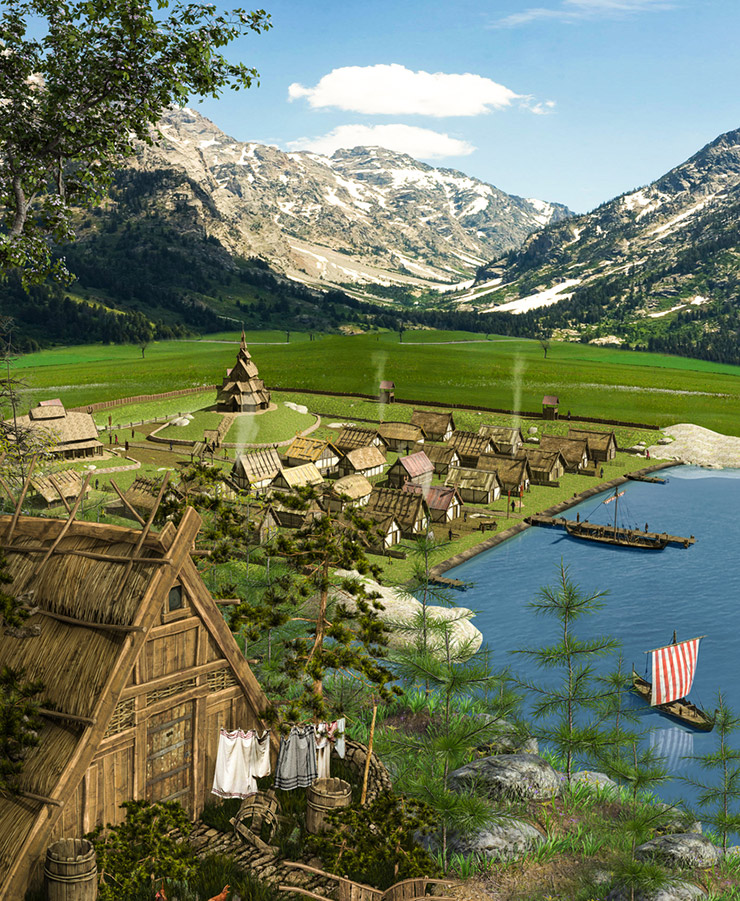
Kattegat is in fact the name of a strait off the coast of Denmark. The Kattegat links the Baltic Sea to the better-known Skagerrak strait, which in turn leads to the North Sea.


good informative article
A large overall map would be a good assist to understand relationships. Also, how could the Vikings not have discovered North America since the settlement in Newfoundland has been authenticated?
My home city of Swansea in South Wales was founded by Swayne, excuse spelling. I may be cross Celt/Viking as long as it’s not Anglo Saxon I don’t mind !!!
İ am very pleased to learned more about Vikings history. İ found that they were more places than l known.Now l think more bright than ever before.Thank you very much for your information about Vikings history. Greetings from Türkiye.